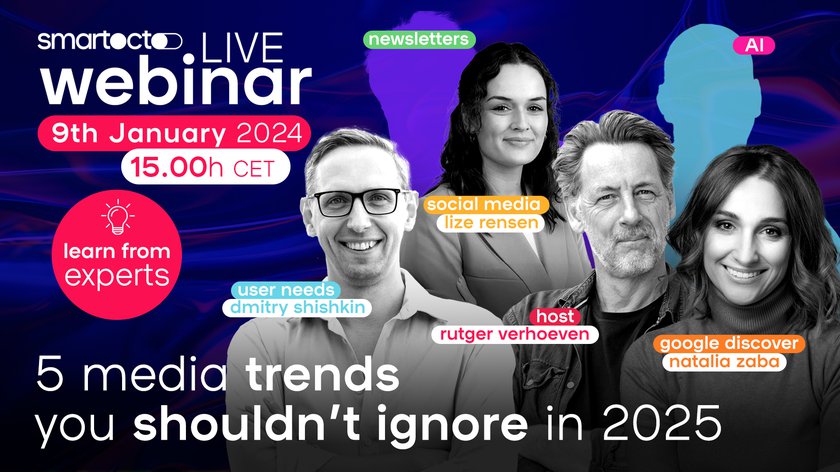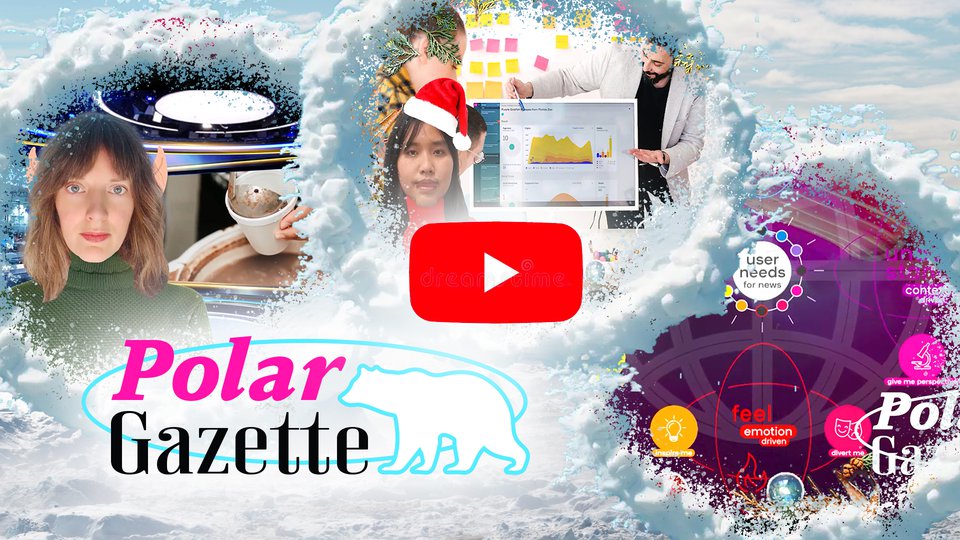Hello there,
I was discussing social media with a colleague recently (actually we were talking about if and how publishing journalistic pieces there was a good idea at all).
The conclusion I came to was this: embrace the discomfort.
Yes, it’s frustrating that Big Tech platforms are so good at engaging younger audiences. Yes, it means journalists must invest time and money in maintaining a presence on platforms like YouTube, TikTok and Instagram, even though these efforts generate little to no direct revenue. And yes, this is a difficult pill to swallow, especially while the business case for their own online platforms faces mounting pressure.
But the question remains: has it ever really been any different? Newsrooms often like to imagine a clear divide between their work and commercial interests, but one cannot exist without the other - and they’ve always been intertwined. Moreover, there’s always the journalistic imperative of reaching a broad audience.
The upshot is that everyone is going to have to adapt to the rise of AI tools, the growing reliance on Google Discover for traffic, the use of newsletters, the creation of podcasts to reach loyal fans, and so on.
In many ways, the discomfort lies in the rapidity and uncertainty of those changes - in adapting and moving forward without knowing exactly where it will lead.
But the thing is, we know we can adapt. Because our industry has before.
For a long time, there was similar resistance to data tools like those of smartocto. Thanks in part to our strategic and tactical use of user needs to foster stronger connections with audiences, editors are increasingly embracing editorial analytics tools like ours. Our advice for 2025: stay the course with us. Buckle up; it will be an exciting ride, but as you're all strapped in safely, you'll be fine.
5 media trends you shouldn't ignore in 2025
The webinar we announced is taking shape, with confirmed contributions from industry experts eager to share their insights.
So, we’re highlighting it again: this will be the ultimate kick-off to the new year for anyone keen to dive into the trends and challenges of the media sector.
Here’s what we’ll cover:
- How can you identify brand-specific user needs? Dmitry Shishkin will explain.
- How should you handle the growing influence of Google Discover? Natalia Zaba from the Google News Initiative will provide answers.
- How can you continue to reach new audiences on social media in 2025? Lize Rensen, Team Manager Social and Video at Omroep Brabant, will share practical examples.
- How do you create impactful newsletters and use them to maintain audience relationships? Expert to be announced.
- How can AI tools strengthen your newsroom’s goals? Expert to be announced (and yes, you’ll definitely know them).


